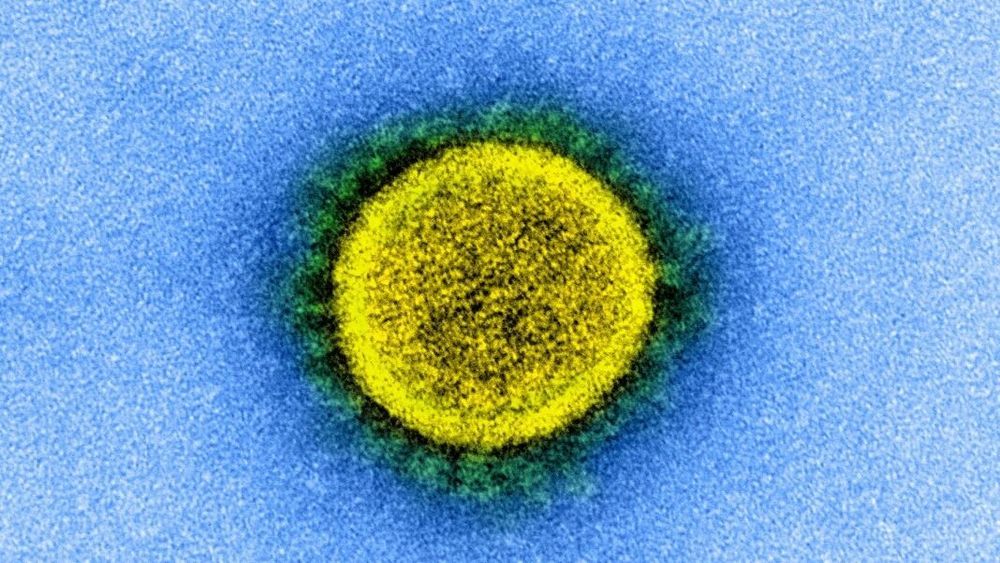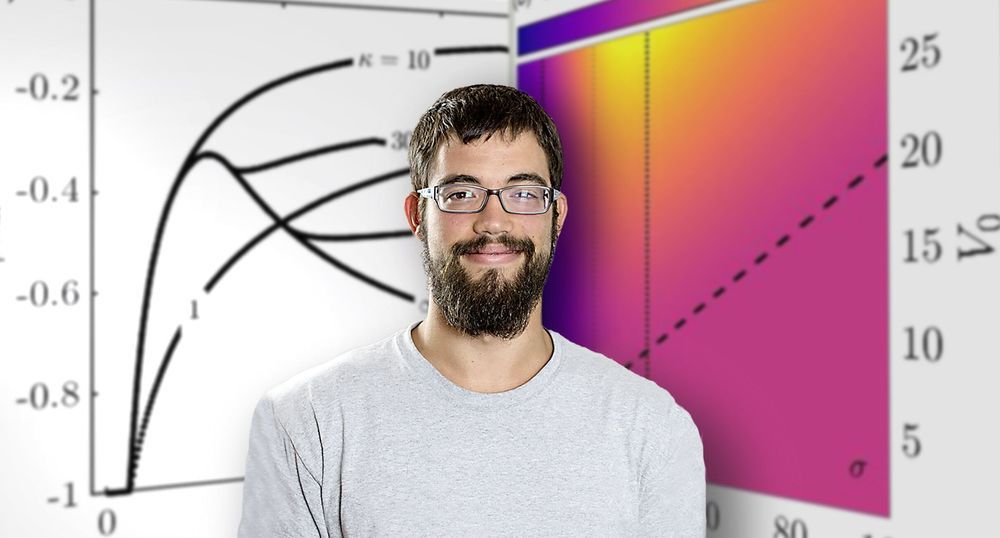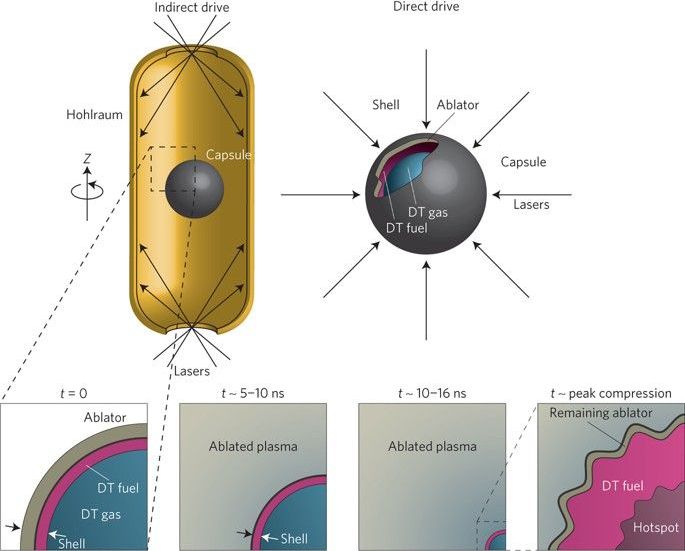Ira Pastor, ideaXme life sciences ambassador, interviews Dr. Stanley Plotkin, Professor Emeritus at both Wistar Institute and the University of Pennsylvania and consultant to the vaccine industry.
Ira Pastor Comments:
So as we sit here a few months into the global covid-19 pandemic, one big question on everyone’s mind is when will we see the first mass produced vaccine against this current strain, especially as it looks like in the United States there will be some loosening of quarantine / “shelter in place” rules in the to re-start the economy.
Dr. Stanley Plotkin is an American physician, scientist, and scholar, in many circles referred to as the Godfather of Vaccines”, who in the 1960s, while working at Wistar Institute in Philadelphia, played a pivotal role in discovery of a vaccine against Rubella virus (also known as German measles or three-day measles), which is now used worldwide (as a key component of the MMR vaccine — a combination vaccine also that protects against measles and mumps) and has worked extensively on the development and application of a wide range of other vaccines including polio, rabies, varicella, rotavirus and cytomegalovirus.
Dr. Plotkin graduated from New York University in 1952 and obtained a medical degree at Downstate Medical Center in Brooklyn. He was a resident in pediatrics at the Children’s Hospital of Philadelphia and at the Hospital for Sick Children in London.




